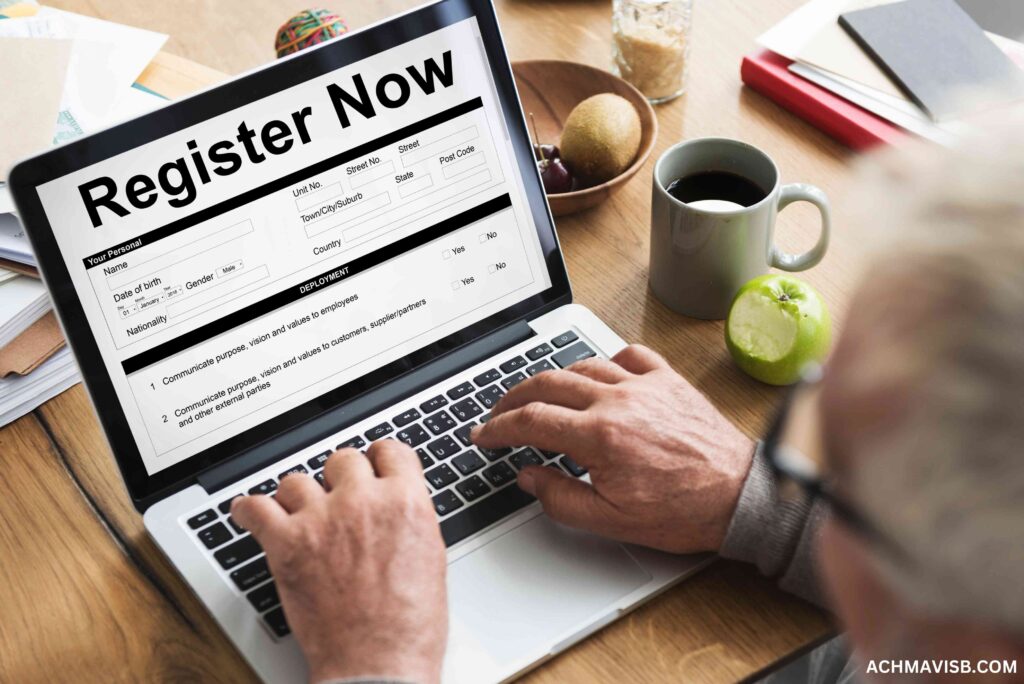9781016005555 ISBN10: 1016005555 All Product Details – Unlocking the Secrets Behind This Unique ISBN

Have you ever stumbled upon a book or product with a mysterious code—something like “9781016005555 ISBN10: 1016005555 All Product Details “—and wondered what it actually means? You’re not alone. These codes, known as ISBNs, hold vital details about books and other media products. But what makes this particular ISBN special? Let’s dive deep into the secrets behind the ISBN 9781016005555 (ISBN10: 1016005555) and uncover all the product details associated with it.
Table of Contents
ToggleWhat is an ISBN and Why Is It Important?
Every book you come across has a unique identifier—an ISBN, short for International Standard Book Number. It’s like a fingerprint for books, ensuring that each published work has a distinct code that sets it apart from every other book in the world. Imagine trying to organize a library with millions of books. Without an ISBN system, it would be a nightmare!
The ISBN helps booksellers, libraries, and publishers track books and manage inventories efficiently. But why should the general reader care? The ISBN makes it easier to find and purchase exactly what you’re looking for, avoiding confusion with other similar titles.
The Structure of an ISBN: Understanding the Numbers
So what exactly is an ISBN? It’s a 13-digit (or previously 10-digit) number that’s divided into five sections:
- Prefix Element: For ISBN13, it’s always “978” or “979”.
- Registration Group: Identifies the country, geographical region, or language group.
- Registrant Element: Indicates the publisher or imprint.
- Publication Element: Identifies the specific edition and format of a title.
- Check Digit: A number that validates the rest of the code.
Understanding these components is like unlocking a secret code. Each segment holds vital clues about the book’s origin, its publisher, and even its format.
9781016005555 ISBN10: 1016005555 All Product Details: The Breakdown
Let’s zoom in on the ISBN we’re focusing on: 9781016005555 ISBN10: 1016005555 All Product Details. Breaking it down:
- 978: This is the prefix, which indicates it’s part of the ISBN13 format.
- 1016: This might represent a specific publisher or country of origin.
- 005555: This is the unique identifier for the book or product in question.
- 5: The check digit, ensuring that the entire code is valid.
While on the surface it seems like a simple string of numbers, this ISBN holds all the information necessary to identify a particular book, edition, or product.
Who Uses ISBNs and Why?

ISBNs are not just for librarians and booksellers. They’re used by:
- Publishers: To track and manage their inventory.
- Authors: Especially self-published authors, who need to ensure their books are uniquely identified in the market.
- Booksellers: Online and physical stores use ISBNs to manage sales and listings.
- Libraries: To catalog books and make them easily discoverable.
- Readers: Anyone searching for a specific book can use its ISBN to locate the exact title they want.
The ISBN is a universal tool that ensures everyone in the book industry can communicate effectively, from the publisher down to the customer.
History of the ISBN System
The ISBN system was first introduced in 1967 by Gordon Foster, a professor of statistics. Initially designed as a 10-digit code, the system expanded in 2007 to the 13-digit format we know today, in order to accommodate a growing number of publications. Over time, the ISBN has become a globally accepted standard, and every country adheres to it when publishing and distributing books.
9781016005555: What Product Does It Represent?
This specific ISBN, 9781016005555 ISBN10: 1016005555 All Product Details, could be linked to a book, an educational resource, or even a digital product. To identify the exact product, one would need to search this ISBN in an online database, such as ISBNdb.com or via a book retailer. These platforms will provide all the necessary details, such as the book title, author, and edition.
ISBN10 vs. ISBN13: What's the Difference?
The transition from ISBN10 to ISBN13 might seem confusing, but it was necessary to keep up with the growing number of publications. ISBN10 was limited in its capacity to differentiate between all the books being published worldwide. ISBN13 introduced a new prefix and slightly different check digit calculation, making it a more robust system. However, both systems coexist, and older publications may still have an ISBN10, while newer ones carry an ISBN13.
How ISBNs Impact Book Discovery and Sales
Did you know that having the correct ISBN can directly impact a book’s visibility? In online bookstores like Amazon or Barnes & Noble, readers search for books using ISBNs. A properly registered ISBN ensures that a book appears in search results, helping authors and publishers reach their target audience. Without it, books may be lost in the sea of thousands of new titles published every day.
How to Find Information About an ISBN
If you come across an ISBN like 9781016005555, where do you start? Several online resources are available:
- ISBNdb.com: A comprehensive database that tracks books worldwide.
- WorldCat.org: A global library catalog that lists books, journals, and other media.
- Google Books: Allows you to search for books by ISBN, offering detailed product information.
These platforms give you everything you need to know about the book, from its title and author to its publication date and edition.
Do All Media Have ISBNs?
Not all media types are assigned ISBNs. ISBNs are primarily for books, e-books, and other monographs. However, other media like films or music albums have different identifying systems, such as ISRC for recordings and ISSN for serial publications. The ISBN is strictly for text-based products, whether physical or digital.
Common Misconceptions About ISBNs
Many people assume that ISBNs are only for physical books. This is not true! E-books, audiobooks, and even digital PDFs can have ISBNs, making them just as trackable as traditional printed works. Another misconception is that a single book title has only one ISBN. In reality, different formats (hardcover, paperback, e-book) often have separate ISBNs to differentiate them in the market.
How to Register Your Own ISBN

If you’re an author or publisher, registering an ISBN is simple. In the US, you can obtain an ISBN through Bowker, the official ISBN agency. Internationally, various organizations are responsible for ISBN assignments in their respective countries. The process usually involves filling out an application form and paying a fee. Once assigned, the ISBN is yours, and you can use it to track and manage your book’s sales and distribution.
Conclusion
The ISBN system might seem complicated at first glance, but once you understand the structure and purpose behind it, everything falls into place. ISBN 9781016005555 ISBN10: 1016005555 All Product Details is more than just a random set of numbers—it’s a powerful tool that helps organize, identify, and track books in the ever-expanding world of publishing. Whether you’re a reader, author, or publisher, knowing the ins and outs of the ISBN system can help you navigate the vast sea of books with confidence.
FAQs
1. What is the significance of ISBN 9781016005555 ISBN10: 1016005555 All Product Details?
This ISBN likely represents a unique book or media product. To discover its details, you would need to search the number in a database.
2. Can a single book have multiple ISBNs?
Yes! Different formats like hardcover, paperback, and e-book editions of the same title often have distinct ISBNs.
3. How do I find out which product an ISBN belongs to?
You can search the ISBN on platforms like ISBNdb.com, WorldCat.org, or in online bookstores to get the product details.
4. Is ISBN registration mandatory for self-published authors?
While it’s not legally required, registering an ISBN is highly recommended to ensure your book is trackable and easy to find in stores and libraries.
5. Can e-books have ISBNs too?
Yes, e-books and audiobooks can have ISBNs, just like printed books, making them identifiable and marketable across various platforms.
MUST READ: Ashby Gentry Height, Weight, and Physical Measurements


